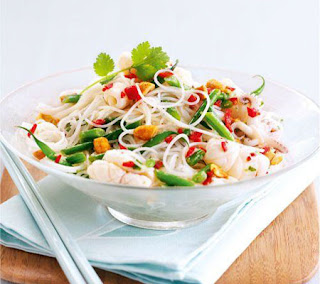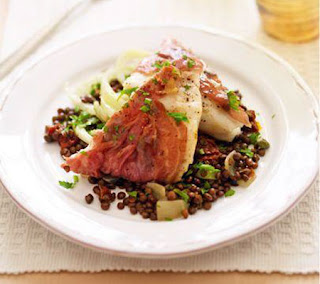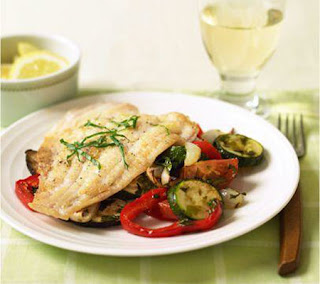griddled beef and truffle polenta
How to make griddled beef and truffle polenta recipe
Serves 4
Preparation time 15 minutes, Cooking time 15–20 minutes
Ingredients:
50 g (2 oz) dried porcini mushrooms, soaked in 250ml (8 fl oz) boiling water for 10–15 minutes
7 teaspoons olive oil
1 garlic clove, chopped
800 ml (1½ pints) hot beef or vegetable stock
6 tablespoons chopped chives
4 beef fillet steaks, about 175 g (6 oz) each
200 g (7 oz) quick-cook polenta
50 g (2 oz) Parmesan cheese, finely grated
2 teaspoons truffle oil
½ teaspoon truffle salt (optional)
handful of rocket leaves
salt and pepper
Method:
Drain the porcini, reserving the soaking liquid, then squeeze dry and roughly chop. Heat 3 teaspoons of the olive oil in a small frying pan over a medium heat, add the garlic and fry for 30 seconds.
Add the mushrooms and fry for 1–2 minutes, then stir in 3 tablespoons of the reserved soaking liquid, 3 tablespoons of the stock and 1 tablespoon of the chives. Bubble for 1 minute, then remove from the heat and keep warm.
Rub 1 teaspoon of the remaining olive oil over each of the steaks, season with pepper and place on a preheated hot griddle pan. Cook for 2–5 minutes on each side until cooked to the pinkness desired. Remove and leave to rest for 4–5 minutes.
Pour the remaining mushroom soaking liquid and stock into a large saucepan and bring to the boil. Pour in the polenta in a steady stream, whisking gently until the polenta thickens, then reduce the heat and cook for 2 minutes. Stir in the Parmesan, truffle oil and 4 tablespoons of the chives. Season to taste.
Spoon the polenta onto serving plates and spoon over the mushrooms and sauce. Slice the steaks in half diagonally and place on top with any cooking juices.
Sprinkle with pepper and a scant pinch of truffle salt, if using. Garnish with the remaining chives and serve immediately with griddled courgettes (see below).
For griddled courgettes, to serve as an accompaniment, thinly slice 2 courgettes lengthways. Heat a ridged griddle pan until very hot, add the courgettes and cook for 2–3 minutes on each side or until softened and charred.
 |
| griddled beef and truffle polenta |































































